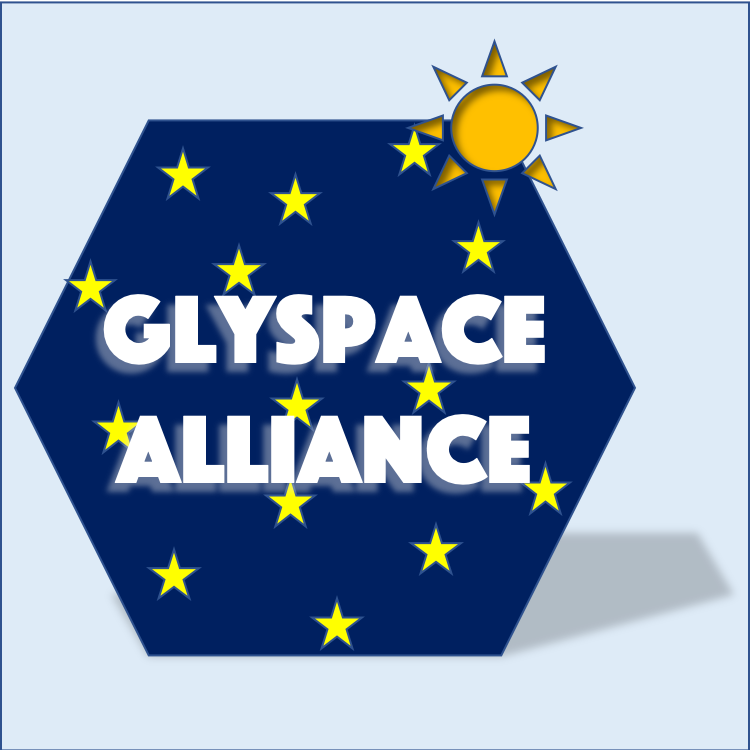 Pathogen Adherence to Carbohydrate Database (PACDB)
Pathogen Adherence to Carbohydrate Database (PACDB)
PACDB provides the information on pathogens (e.g. bacteria, fungus, toxin and virus) adhering to carbohydrates expressed on the cell surface of host animals or plants.
| Database | Last Updated |
|---|---|
| Pathogen Adherence to Carbohydrate Database (PACDB) | June 1, 2016 |
| Species | Pathogen Adherence Molecule | Ligand Name | Ligand Feature | Target Source | Glycan Sequence ▲ | Binding | PubMed ID |
|---|---|---|---|---|---|---|---|
|
Unknown
|
116 kDa glycoprotein (containing sialic acid residues with N-linked glycans)
|
N-glycans
|
Neurones of all brain regions
|
Binding
|
|||
|
Capsid VP1
|
GD1a-GT1b analog
|
Sialoglycosphingolipids
|
(broad range)
|
Binding
|
|||
|
Type 4-pili
|
Surface-localized glycoconjugates (non-sialylated GSL and glycoproteins)
|
Glycoconjugates
|
Human epithelial cells
|
Binding
|
|||
|
Adhesins
|
Fibrinogen
|
Glycoproteins
|
Human type II alveolar cells (A549)
|
Binding
|
|||
|
Type 4-pili
|
Agglutinin glycoproteins containing O-/N-linked (poly)lactosamine and hybrid oligosaccharides
|
Glycoproteins
|
Human saliva
|
Binding
|
|||
|
Adhesins
|
hCG (human chorionic gonadotropin)
|
Glycoproteins
|
Erythrocytes
|
Binding
|
|||
|
FimD
|
VLA-5 (very late activation antigen 5)
|
Glycoproteins
|
Monocytes
|
Binding
|
|||
|
VP1 protein (RGD motif)
|
αvβ3 Integrin
|
Glycoproteins
|
BHK-21/LLC-MK2/HeLa/BK-LF
|
Binding
|
|||
|
Unknown
|
MUC16 mucin
|
Glycoproteins
|
Human corneal-limbal epithelial(HCLE) cells
|
Binding
|
|||
|
Unknown
|
Junctional adhesion molecule A (JAM-A)
|
Glycoproteins
|
Most organs including the central nervous system/heart/liver
|
Binding
|
Displaying entries 1781 - 1790 of 1840 in total
To see the latest features, please visit our beta site.
International Collaboration
GlyCosmos is a member of the GlySpace Alliance together with GlyGen and Glycomics@ExPASy.


Acknowledgements
Supported by JST NBDC Grant Number JPMJND2204
Partly supported by NIH Common Fund Grant #1U01GM125267-01
